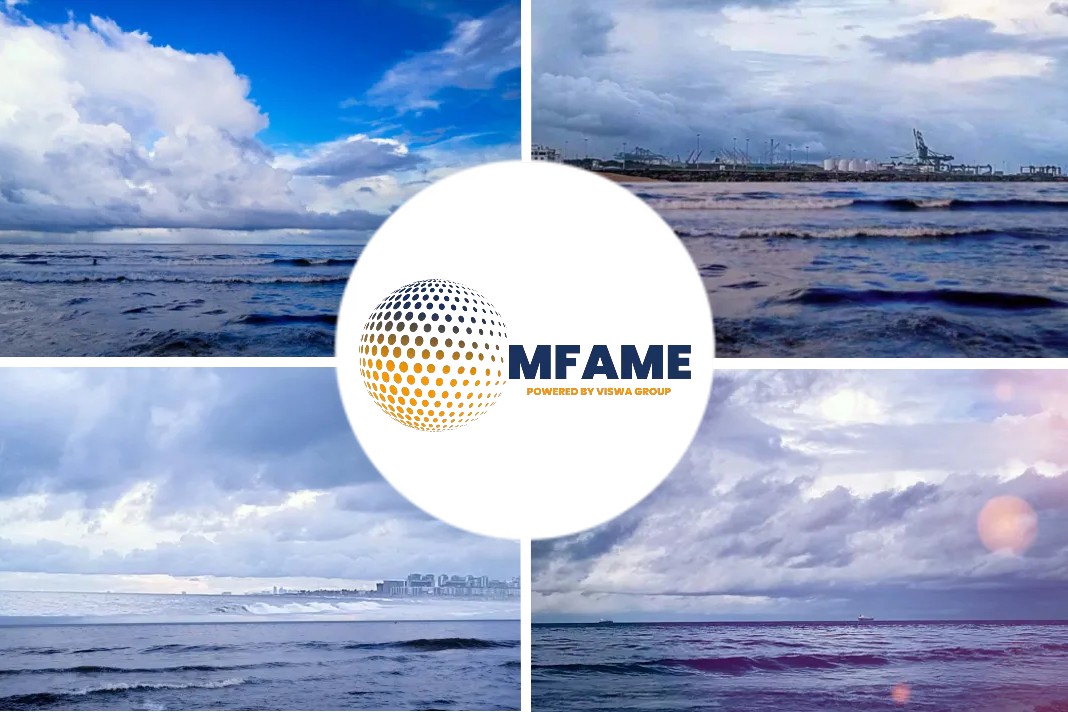Fleets of mega-ships setting sail point up to how container shipping capacity should remain in excess in the near and mid-term, despite carriers’ efforts last year to aggressively stem their losses through mergers and scrapping in-service vessels.
The good news for those paying to ship stuff is that the overcapacity should continue to exert headwinds on pricing as the capacity remains in excess. But the bad news is that expected increases in demand as well as other factors will likely prompt an uptick in pricing, according to analyst consensus estimates.
But how much prices will rise remains anyone’s guess, Alan Murphy, an analyst for SeaIntel Maritime Analysis, told EBN: “Last year was the bottom of the valley in pricing. We expect a gradual increase in freight rates during the coming years. After 2020, we might possibly see a shift where there will be a shortage of capacity. This scenario would, of course, lead to very high freight rates, but we can’t say for sure if that is going to happen or not, of course.”
Capacity glut dynamics
Shipping prices fell slightly this fall after gradually rising since the beginning of the year. But while prices are expected to rise again as mentioned above in 2017, shippers’ hopes they will be able to command much higher prices have been dashed by the expected launch of mega-ship fleets in 2018 capable of transporting over 20,000 containers each.
According to data from Alphaliner, demand for shipping will have to increase by 8% per year to absorb the extra capacity coming on-stream by the end of 2018. Shipping demand growth of 5% per year would mean the capacity glut will continue in 2020.
The excess capacity could stoke further pricing pressures as ships with a collective total in capacity of 1.6 Mteus (million 20-foot equivalent units) are set to sail next year, according to Alphaliner data. Excess capacity is expected to total 0.8 Mteu by the end of 2017.
All told, Alphaliner predicts that the excess capacity, barring unexpected massive ship-scrapping initiatives and other factors, will exist until the third quarter 2019.
“We have a large overhang of capacity that is still coming on-stream during the next couple of years,” Murphy said.
The shipping industry’s pricing pressures and overcapacity prompted momentous mergers and consolidation in 2016. Major deals last year included the world’s third-largest container shipping company CMA-CGM’s purchase of APL Neptune Orient Lines based in Singapore. The merger of China Ocean Shipping Group Company and China Shipping Container Lines Co., previously ranked sixth and seventh worldwide respectively, created the fourth-largest container shipping company worldwide. Hapag-Lloyd, Germany’s largest shipping company, became the fifth-largest player worldwide when it merged with Dubai-based United Arab Shipping Company (UASC). However, last year’s consolidation did little to stem the capacity glut.
France-based CMA-CGM’s purchase of APL Neptune Orient Lines helped to solidify its position as the world’s third-largest carrier, but didn’t do much to remove excess capacity among in-service fleets.
“The consolidation hasn’t really taken any capacity out. It just put market control into fewer hands,” Murphy said. “The mergers might prevent some of the price wars we’ve seen in the recent past, but it still won’t solve shippers’ capacity problem.”
Predicting the irrational
Anything can happen, of course. Environmental disasters, a sudden plunge in international trade, a war, or a sudden surge in currently low oil prices could shake up prices for container shipping, which accounts for 90% of all goods shipped worldwide.
If one truism exists in predicting future pricing trends for shipping, as well as for any industry, it is that nothing is certain. Michael Lewis’ 2016 book “The Undoing Project,” for example, expertly details out human intuitive guesses are inherently flawed as the biographies of Israeli psychologists Daniel Kahneman and Amos Tversky unfold in the book. In other words, despite the signs that prices will gradually increase through next year for shipping, anything can happen.
“Guessing how much prices will increase would be a fool’s errand,” Murphy said. “In theory, it is supply and demand that determine freight rates, but in practice, it is the perception of the market fundamentals. Pricing forecasts are about trying to predict human emotion instead of market fundamentals.”
Did you subscribe for our daily newsletter?
It’s Free! Click here to Subscribe!
Source: EBN























